Jeep® Unveils Its Updated 2022 Grand Commander (K8) Lineup For China:
Is New Looks Enough To Compete In A Very Competitive Market?
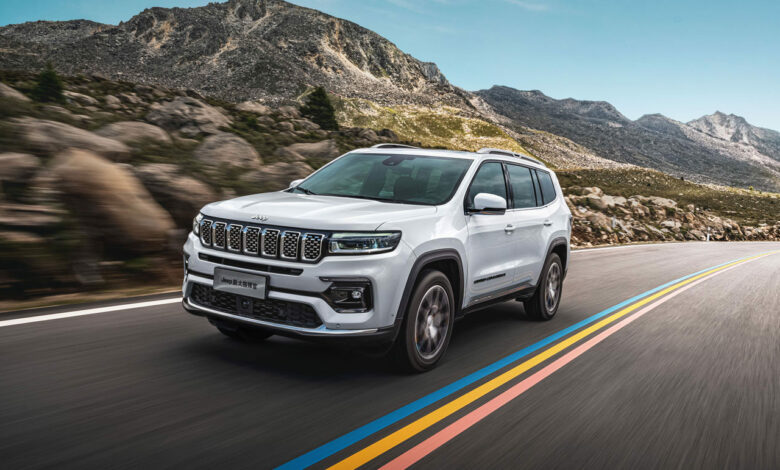
With the focus being on the Jeep® brand’s newest entry for the Brazilian market with the launch of the all-new seven-passenger Commander (H1), many missed the official launch of the updated 2022 Jeep Grand Commander (K8) for the Chinese market earlier this week at the 2021 Chengdu Auto Show. It marks the first revision for the seven-passenger Grand Commander since its initial debut in 2018.
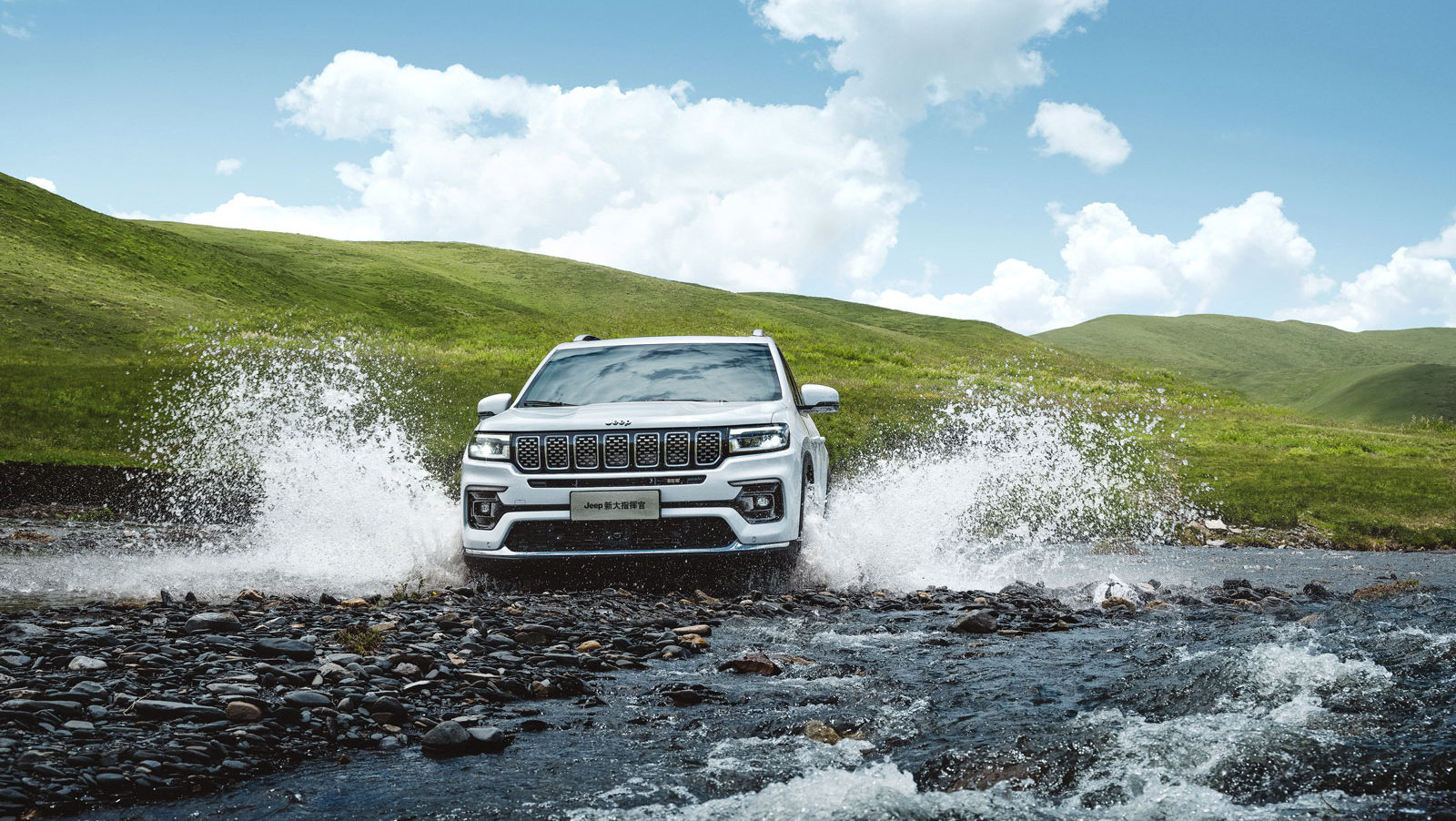
Let’s start with the confusing part, both the all-new Commander and the updated Grand Commander are three-row seven-passenger vehicle. While both vehicles are considered D-segment SUVs, either vehicle shares any mechanical parts. The Grand Commander is based on Compact-Wide architecture that also underpins the midsized Jeep Cherokee (KL). This means the Grand Commander is slightly wider, taller, and longer than the all-new Commander which is based on the Small-Wide architecture that underpins the popular Compass. Both vehicles do share a similar wheelbase, Commander has 110-inch layout while the Grand Commander offers 110.2-inches between the wheels.
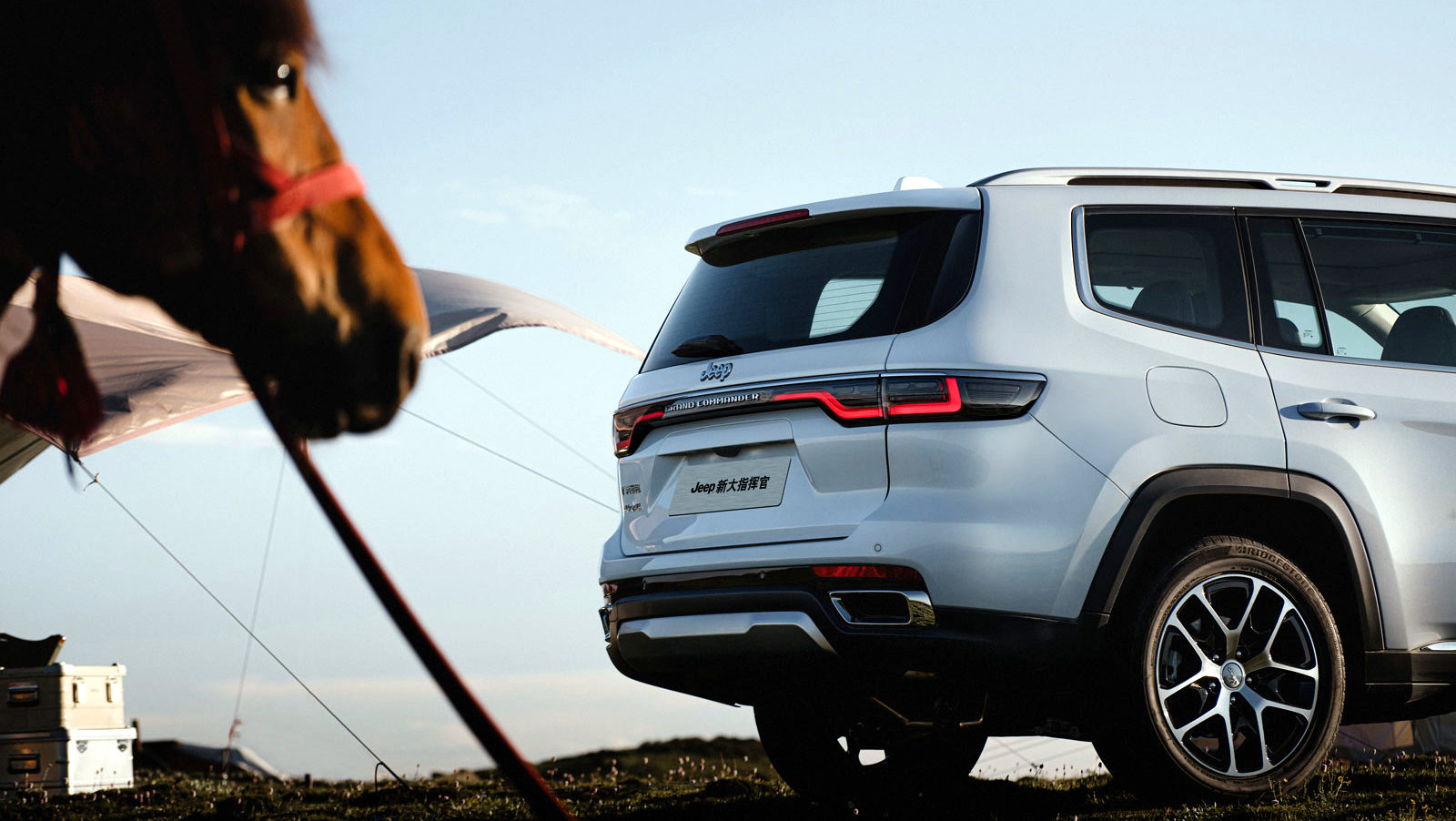
Another confusing part of the dynamic was that when initially launched in China, Grand Commander also spawned a five-passenger variant of the K8 dubbed Commander. The Commander (K8) was equipped with a plug-in hybrid (PHEV) powertrain and since the begining of last year, Jeep has rebadged the PHEV to be called the Grand Commander “e”, not 4xe, but e. The reason being that the Grand Commander e is only available in front-wheel-drive (FWD).
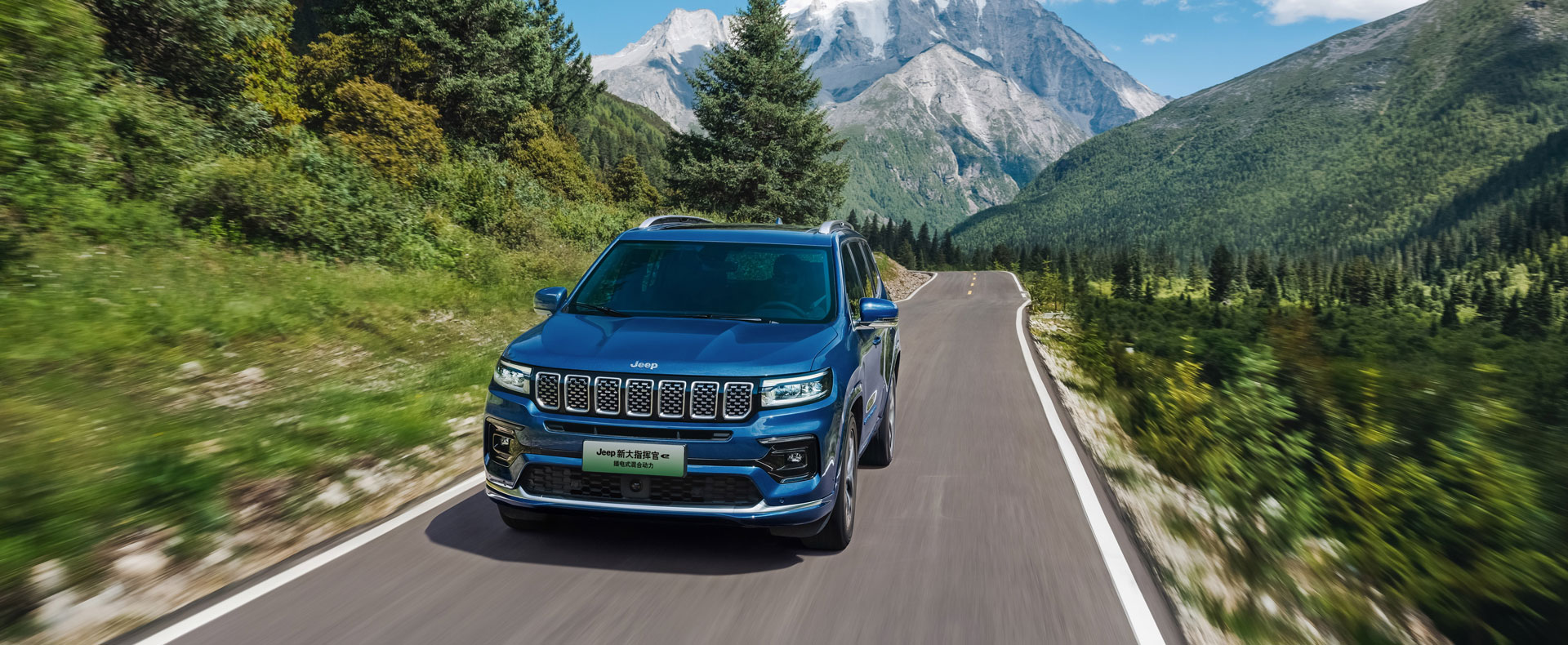
Under the hood of the 2022 Jeep Grand Commander, is the well-known turbocharged 2.0-liter inline-four-cylinder engine from the company’s Global Medium Engine (GME) family. The GME-T4 engine delivers 231 horsepower (172 kW) in its FWD configuration, while 4×4 models make 262 horsepower (195 kW). Both gasoline engine variants are mated to a ZF-sourced 948TE 9-speed automatic transmission.
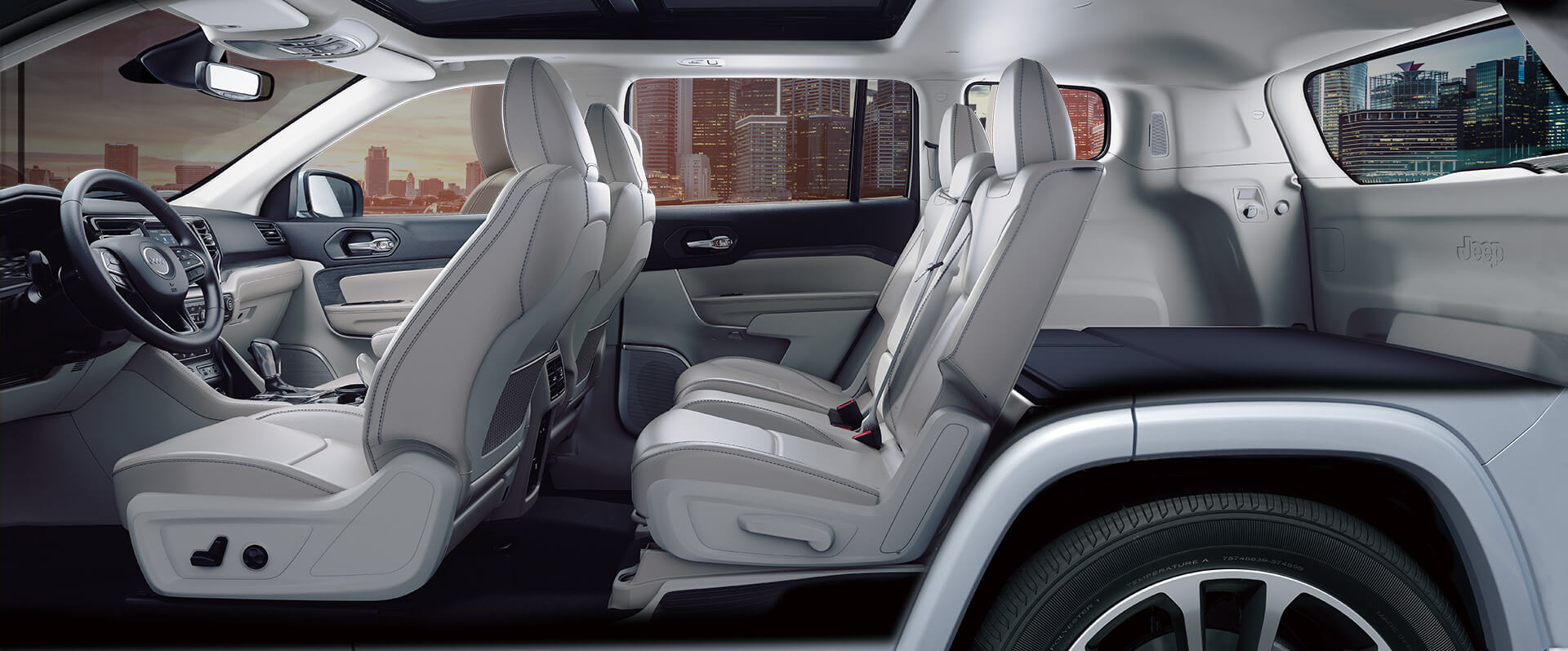
When it comes to the 2022 Jeep Grand Commander e, the PHEV powertrain features an innovative electrically variable transmission (or SiEVT). The SiEVT features two electric motors that are capable of driving the vehicle’s wheels. Unlike most conventional electrification architectures that dedicate one motor to serve as a generator and a second to deliver torque to the wheels, the Grand Commander e uses a one-way clutch that allows the generator motor to deliver torque to the wheels depending on the driving conditions. The outcome is an increased efficiency and seamless driving experience for the customer, no matter if the vehicle is in hybrid or electric mode.
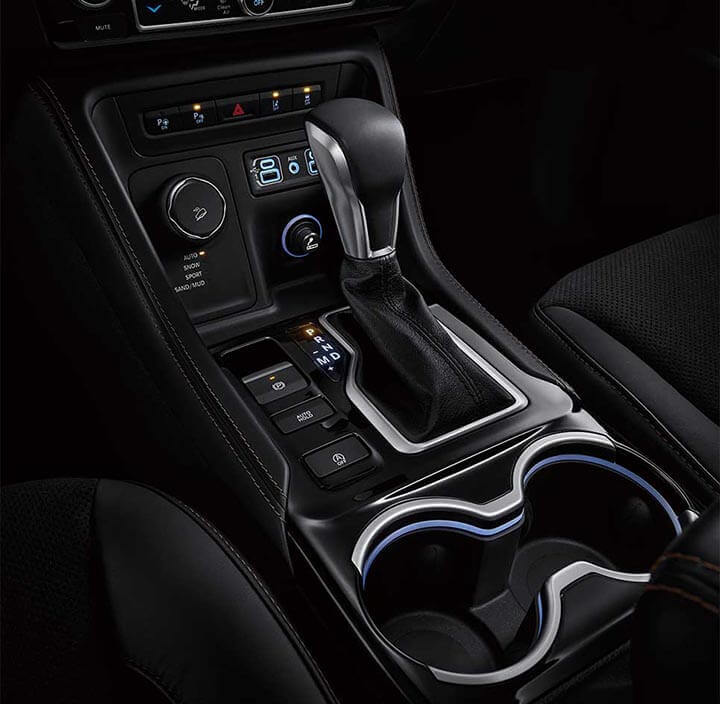
The Commander e features a maximum pure electric range of about 70 kilometers (or about 43 miles) with a combined fuel consumption as low as 1.6L/100km (or about 147 mpg). This means the Grand Commander e has a range of about 560 miles (900 km) on a tank of fuel. That is a huge difference over the 2021 Chrysler Pacifica Hybrid and its 3.6-liter Pentastar V6-based system. Unlike the Pacifica Hybrid. the Grand Commander e uses its innovative dual-motor SiEVT and pairs it with a specially-adapted version of the 2.0-liter GME-T4 turbocharged engine.

The Grand Commander e features a rotary knob selector located in the center console that features four “E-drive modes” that the customer can select, depending on their preference. Those four modes are Hybrid, Electric, E-Save, and Sport similar to what is found on the 2021 Jeep Wrangler Unlimited, Renegade, and Compass 4xe models.
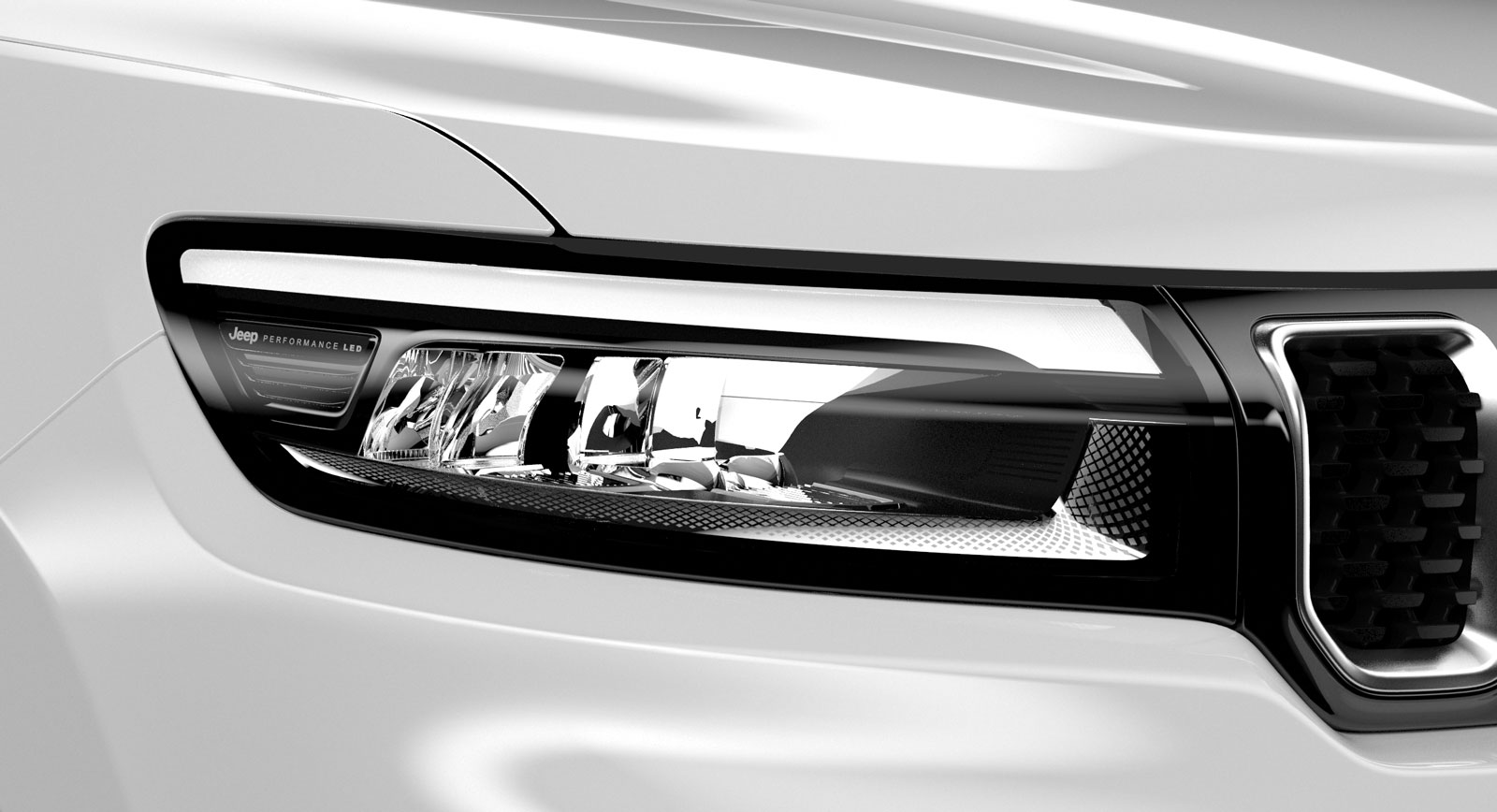
When it comes to its updated looks, the Grand Commander features a completely new front fascia that incorporates all-new LED headlamps with a new daytime running light (DRL) pattern, a new set of LED fog lamps that sit higher up on the fascia, and a bigger Jeep-trademark seven-slot grille with grille patterns taken from the all-new three-row 2021 Jeep Grand Cherokee L.
While the side profile looks almost unchanged, a completely new set of wheel designs are featured across the lineup. The vehicle’s footprint has become slightly longer thanks to its new front and rear fascias.
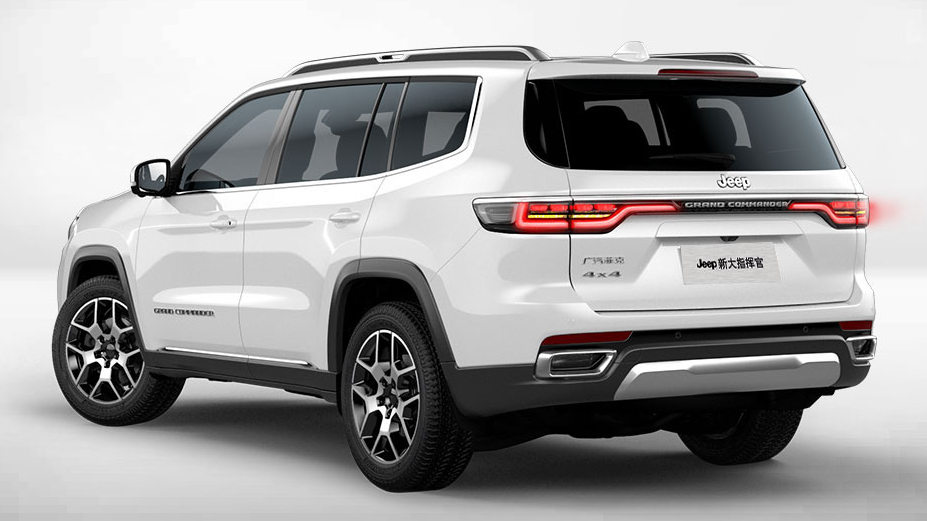
The rear of the vehicle appears to be the most changed part of the exterior. Blending the design of the all-new Grand Wagoneer and the new Grand Cherokee L, the Grand Commander now features a new taillight design that moves across the back of the vehicle, before stopping about midway to displace the Grand Commander text. The taillamp design itself looks to pull heavy influence from the Grand Wagoneer. A design cue similar to the new Commander.
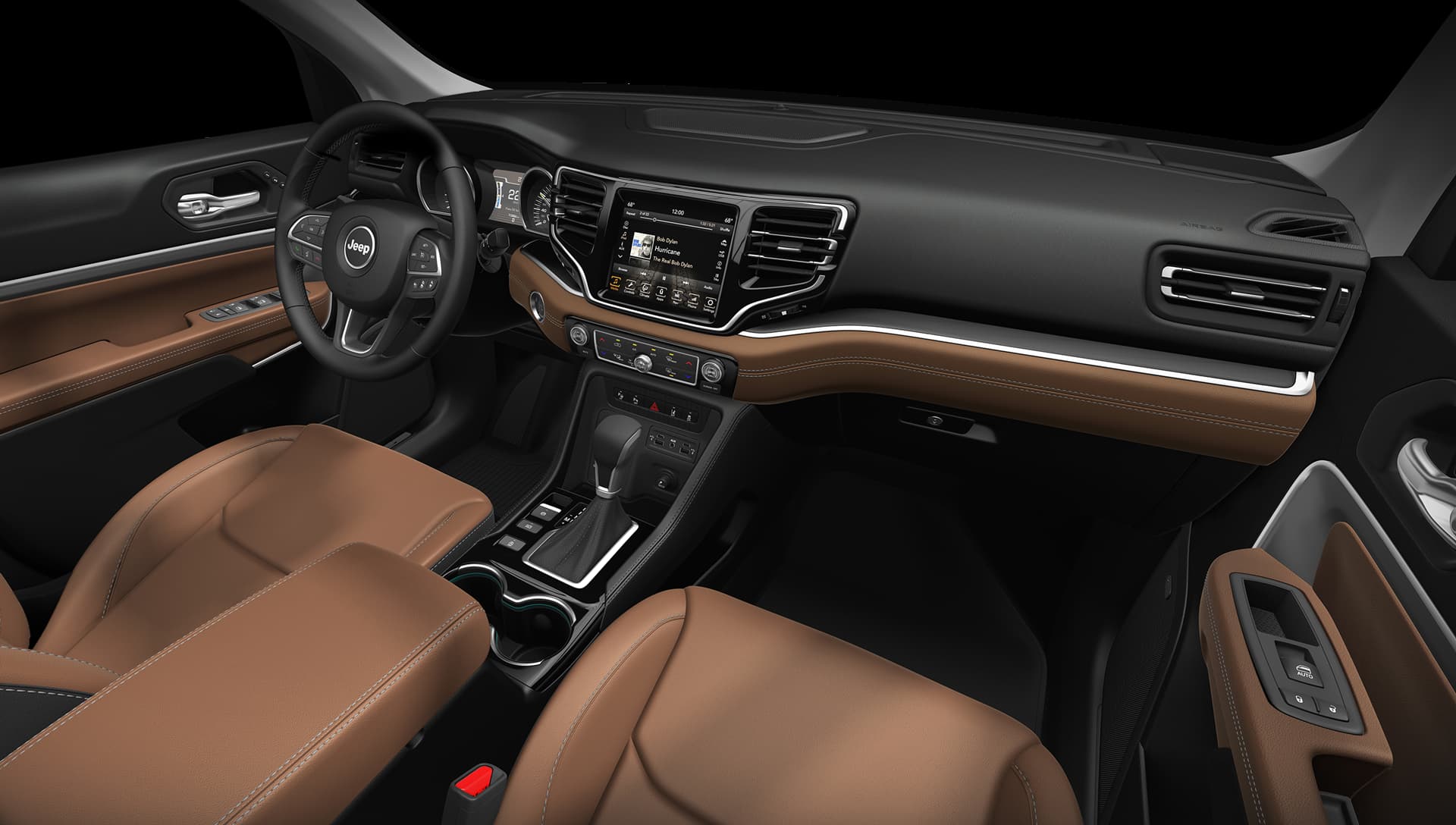
While we were originally told about major changes coming to the Grand Commander’s interior, a majority of it looks to be a carry-over from the 2021 model year. Needless to say, that is the most disapointing thing about the update. Without the digital gauage cluster and what looks like the absence of the Uconnect 5 infotainment system, the Grand Commander aparts outdated when compared to the brand’s most recent refreshened designs.
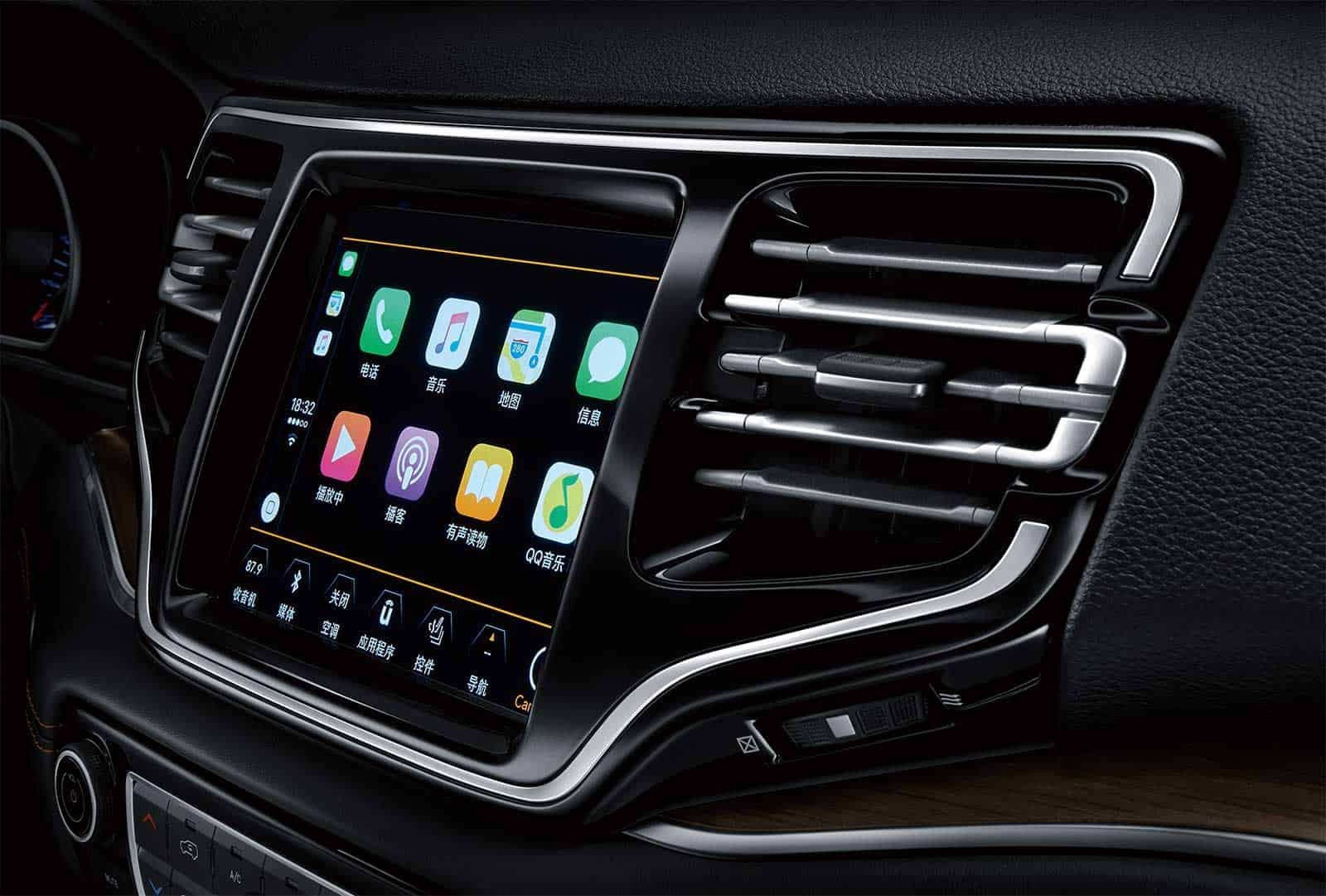
As for pricing, the 2022 Jeep Grand Commander has a starting Chinese Manufacturer Suggested Retail Price (MSRP) of 239,800 yuan (or about $37,140 USD). The luxury-oriented Grand Commander Summit has a MSRP of 329,800 yuan ($51,080 USD), while the efficient PHEV Grand Commander e starts with an MSRP of 309,800 yuan ($47,982 USD).
Currently, the Grand Commander is exclusive for the Chinese market. However, we have recently heard that some of the midsized seven-passenger SUVs showing up in certain Jeep dealers in the Phillipines. When asked, Jeep has yet to respond if they are now exporting the SUV to select markets.
What do you think of the updated 2022 Jeep Grand Commander? Let us know in the comments below, or in the MoparInsiders forums.
2022 Jeep® Grand Commander (K8) Image Gallery:

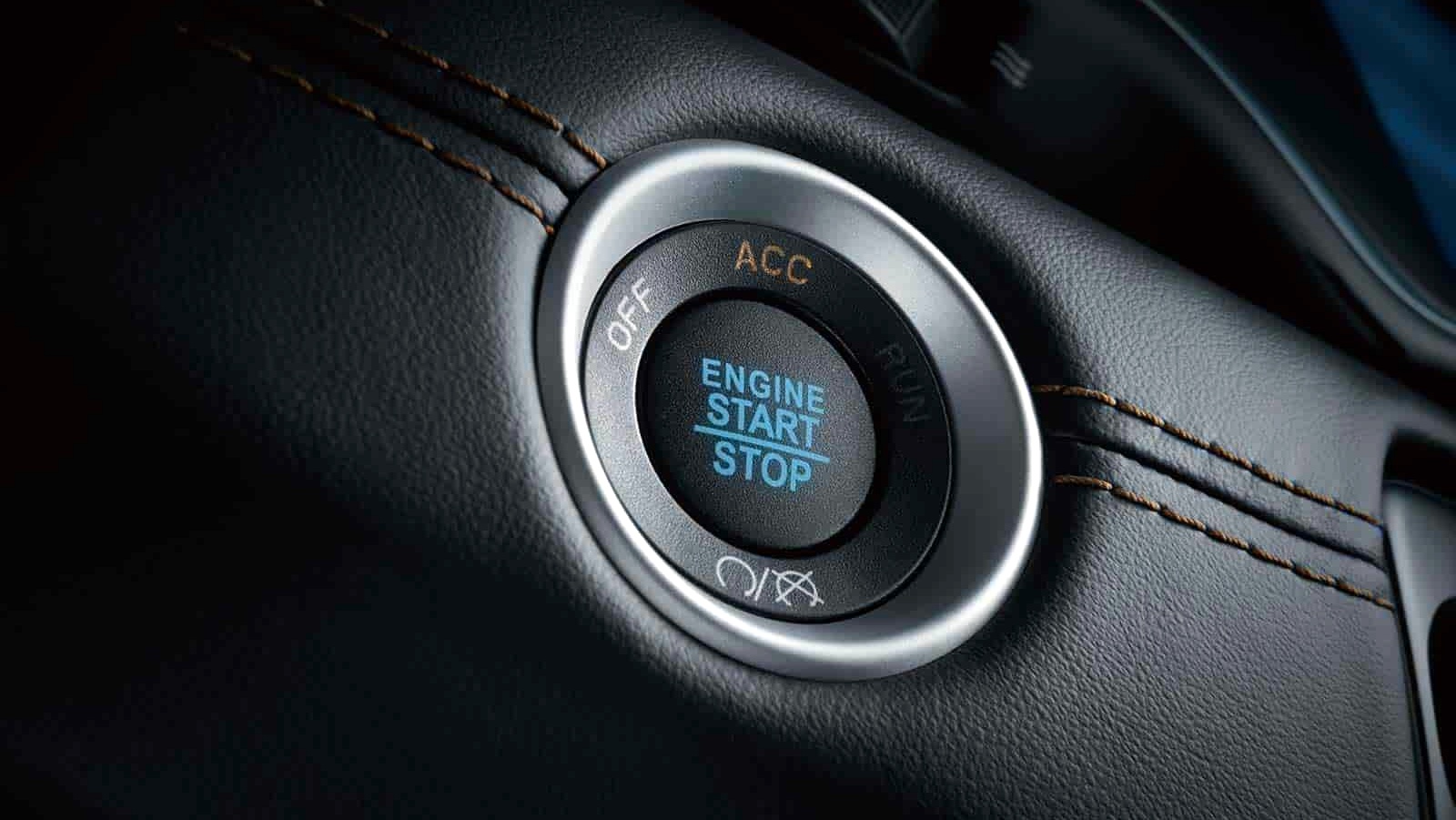
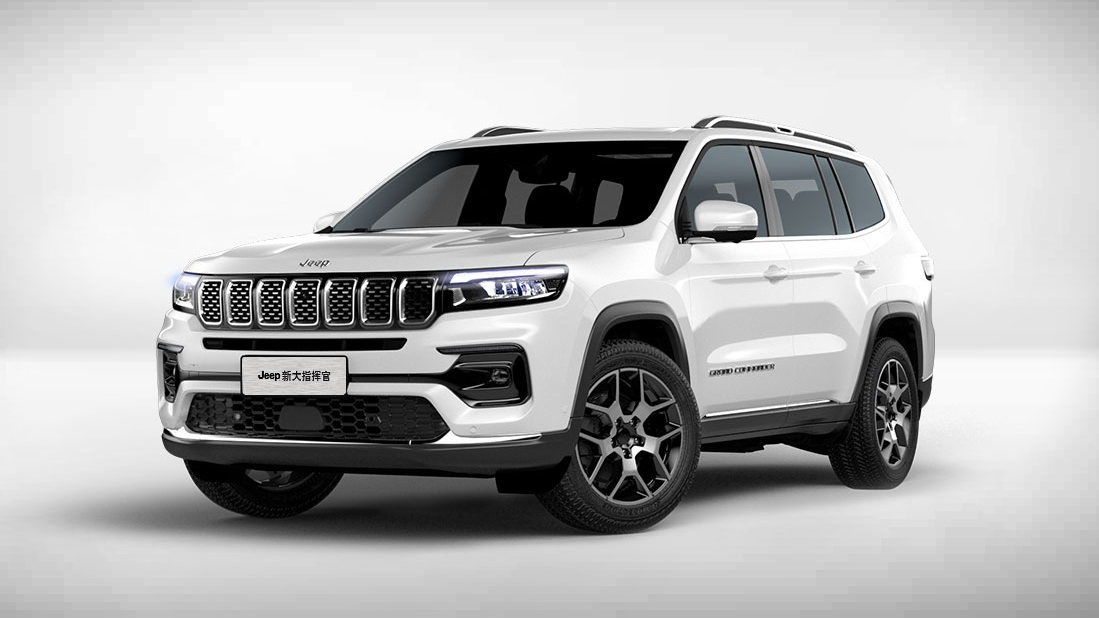
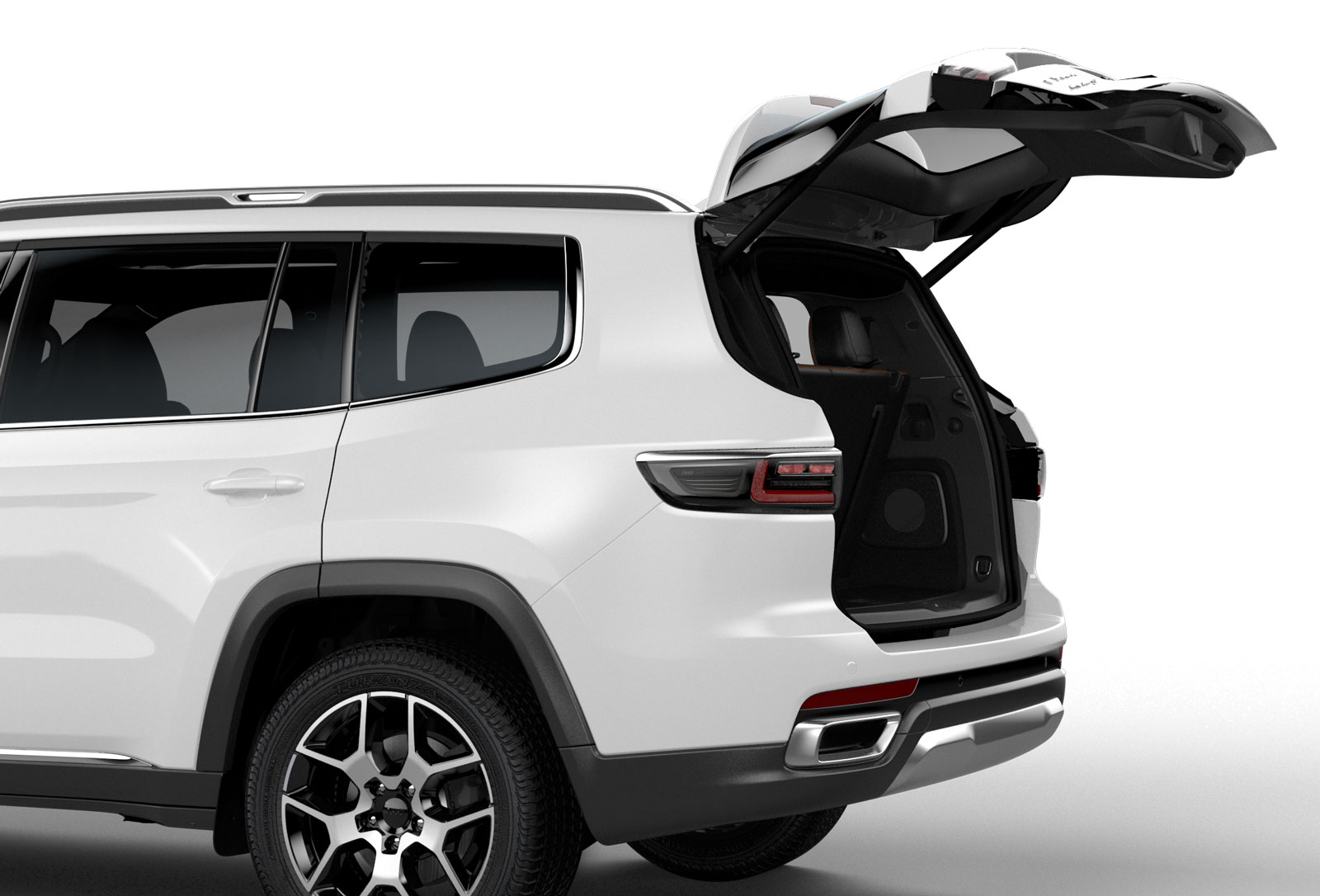
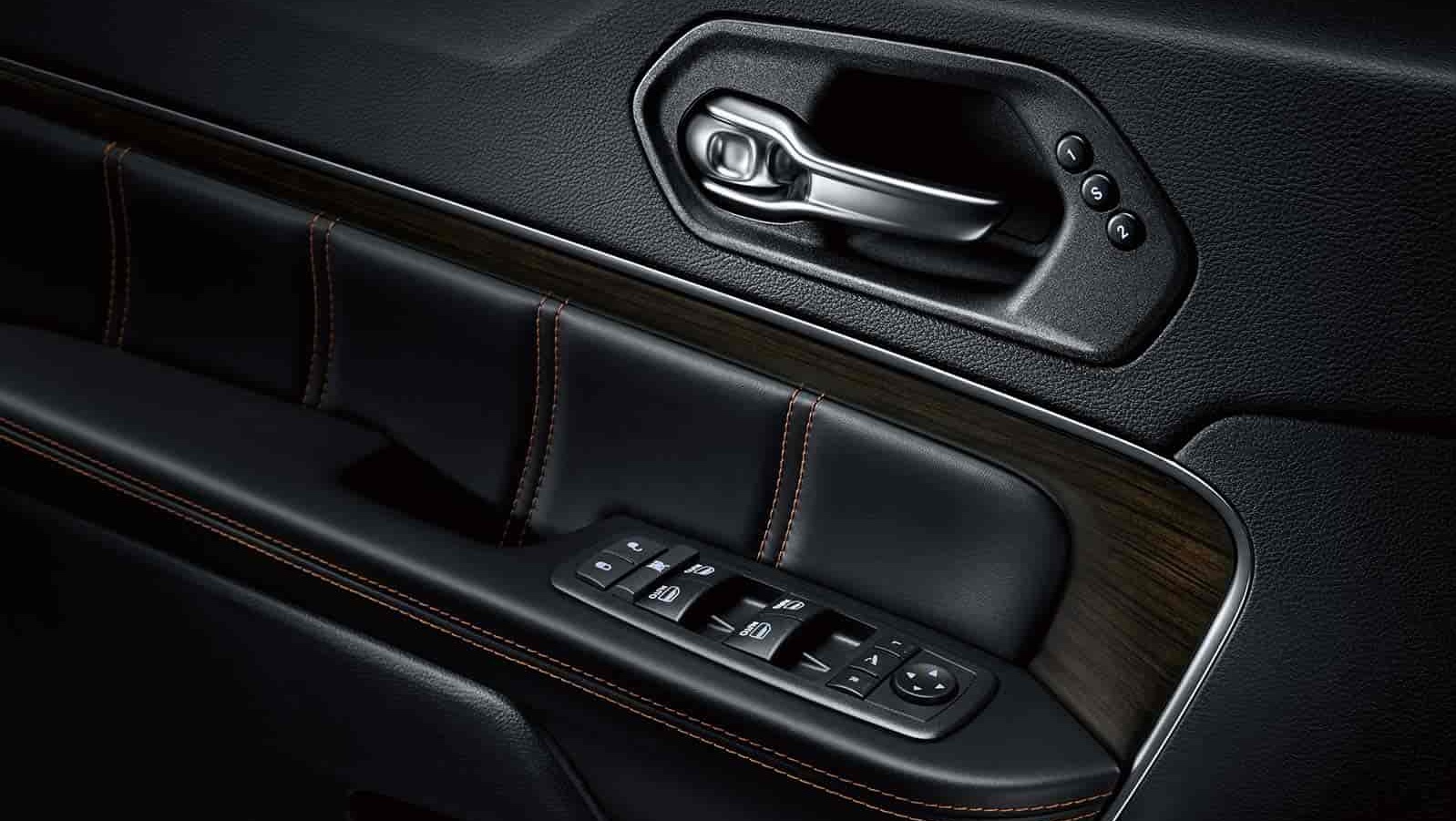
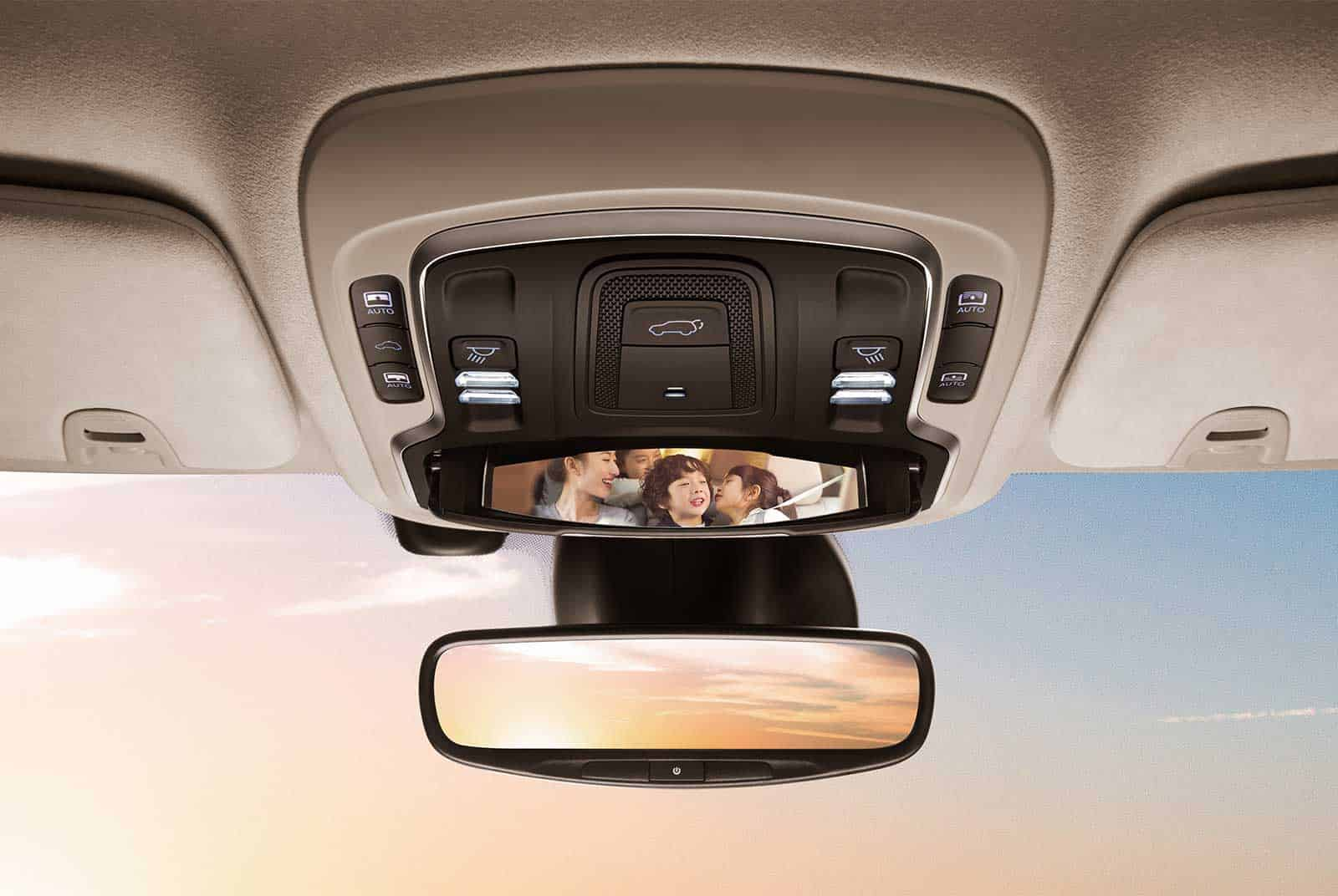
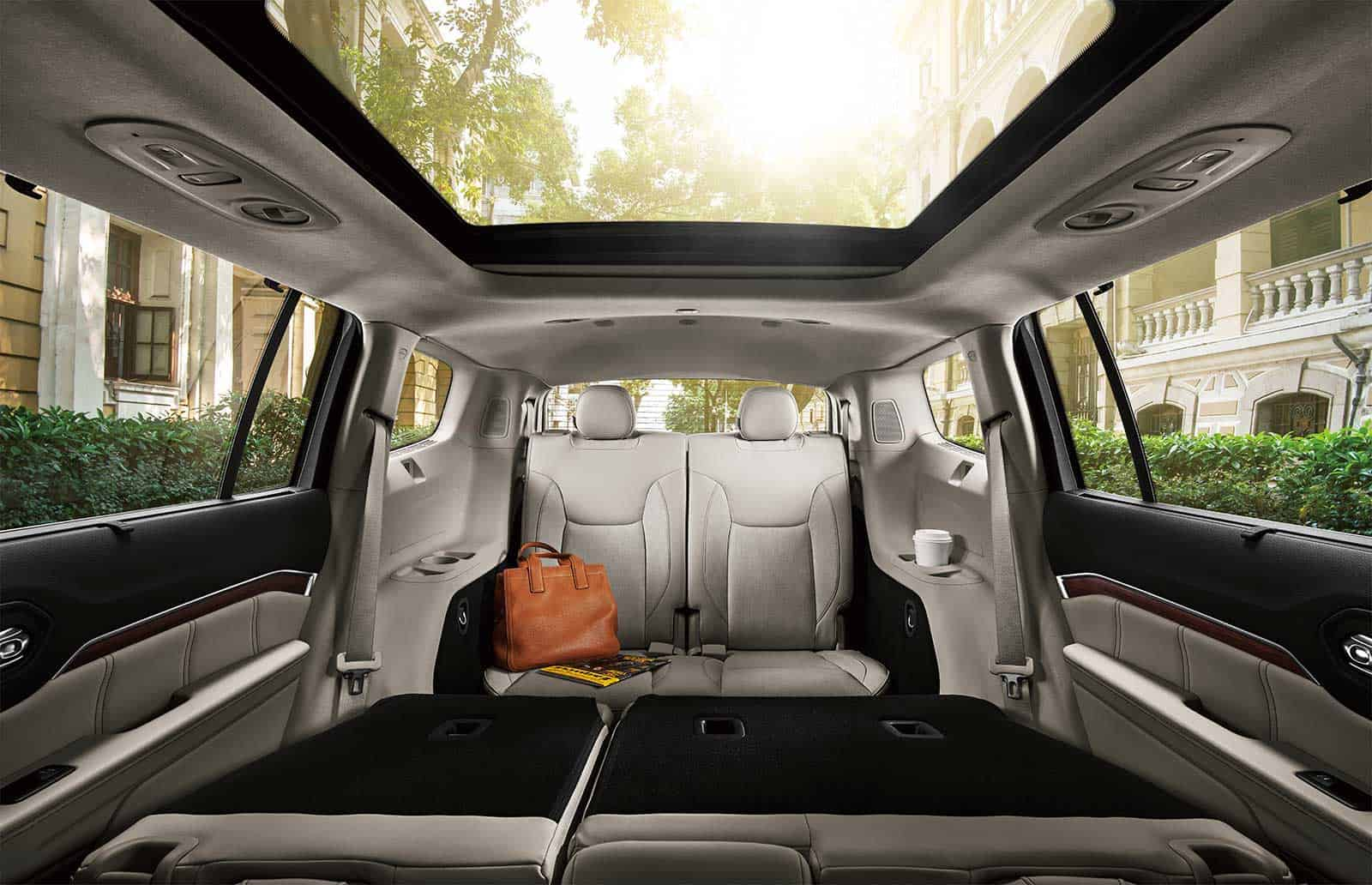
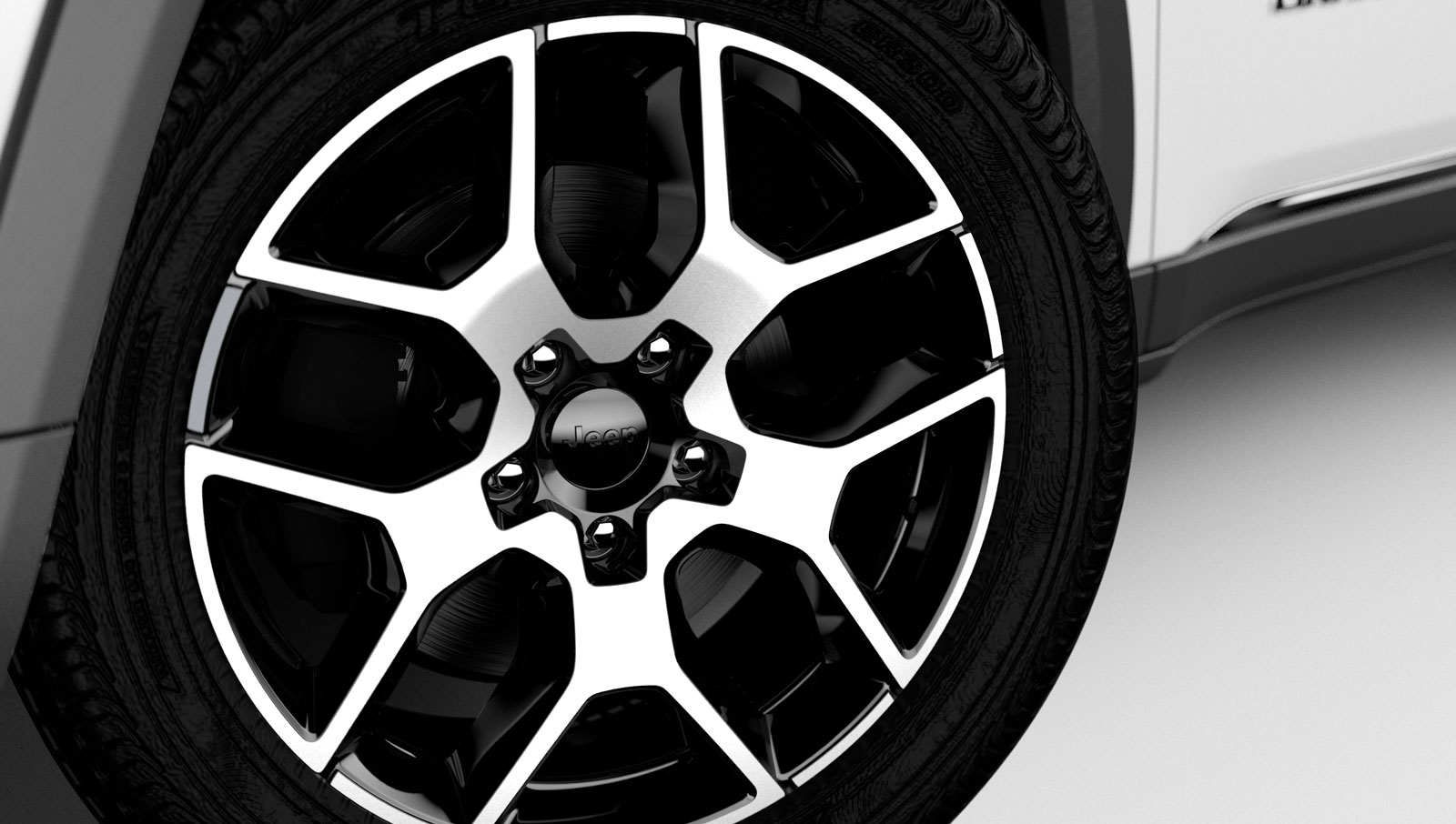
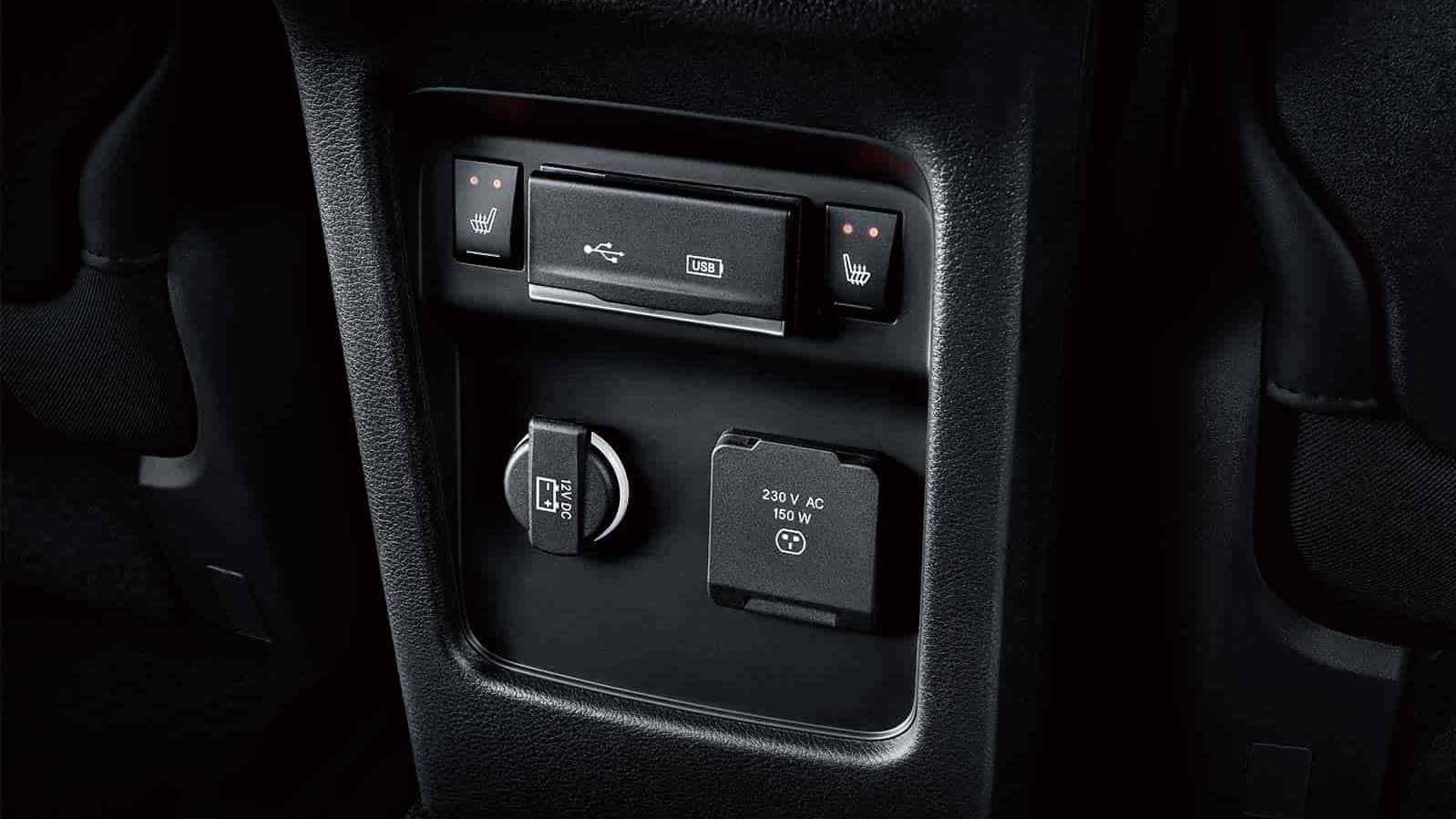
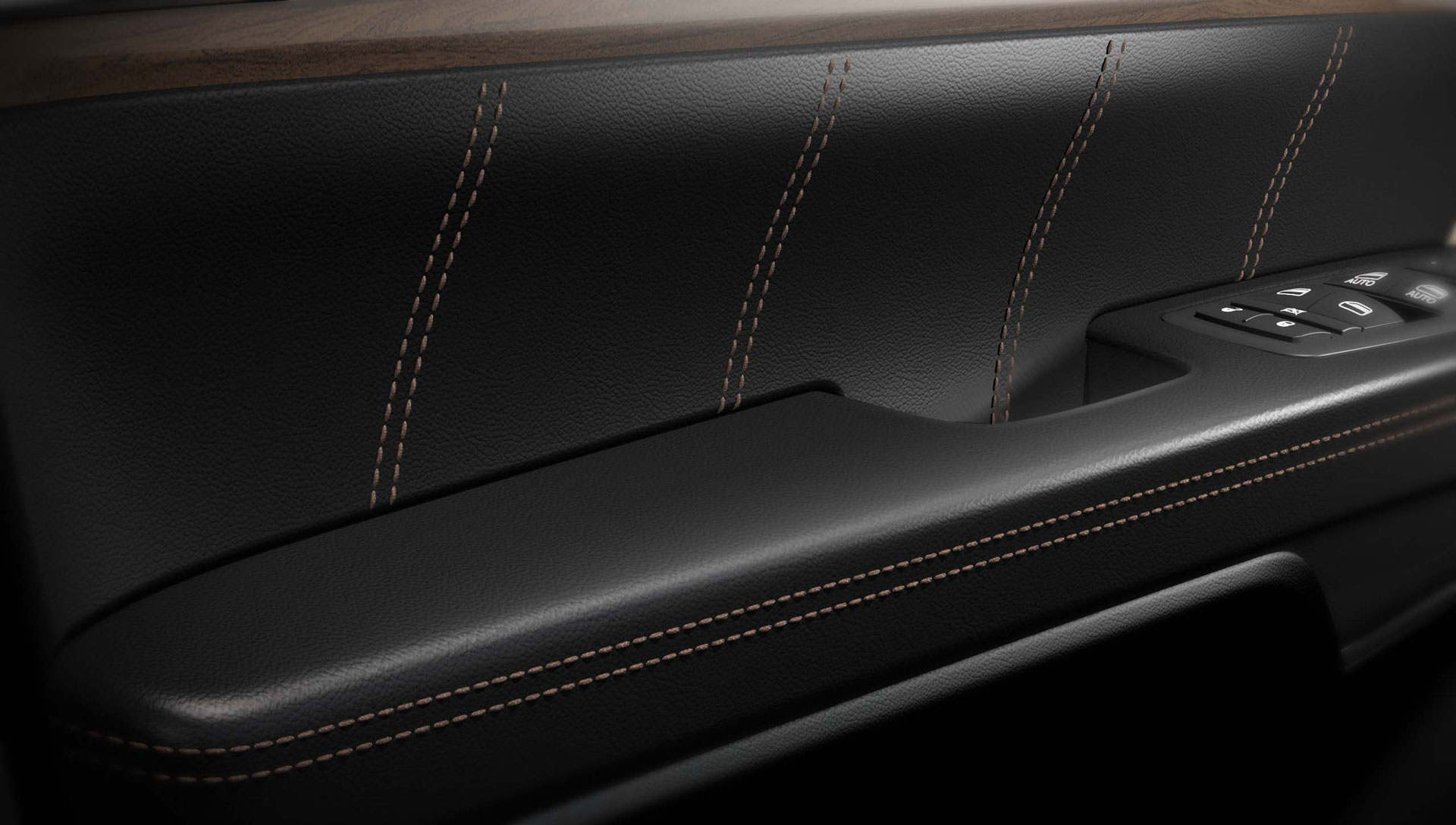
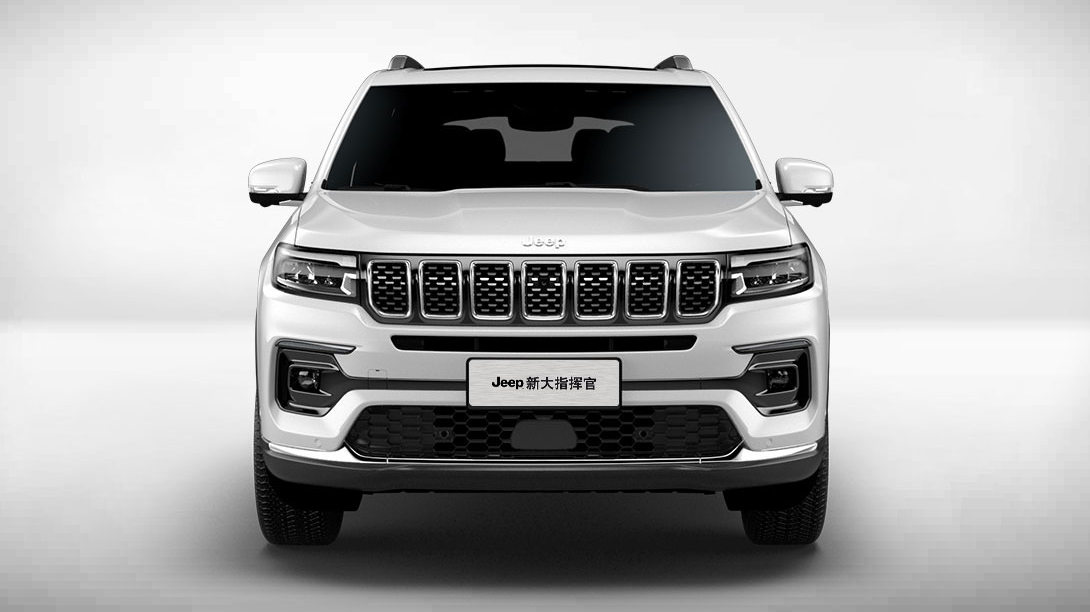
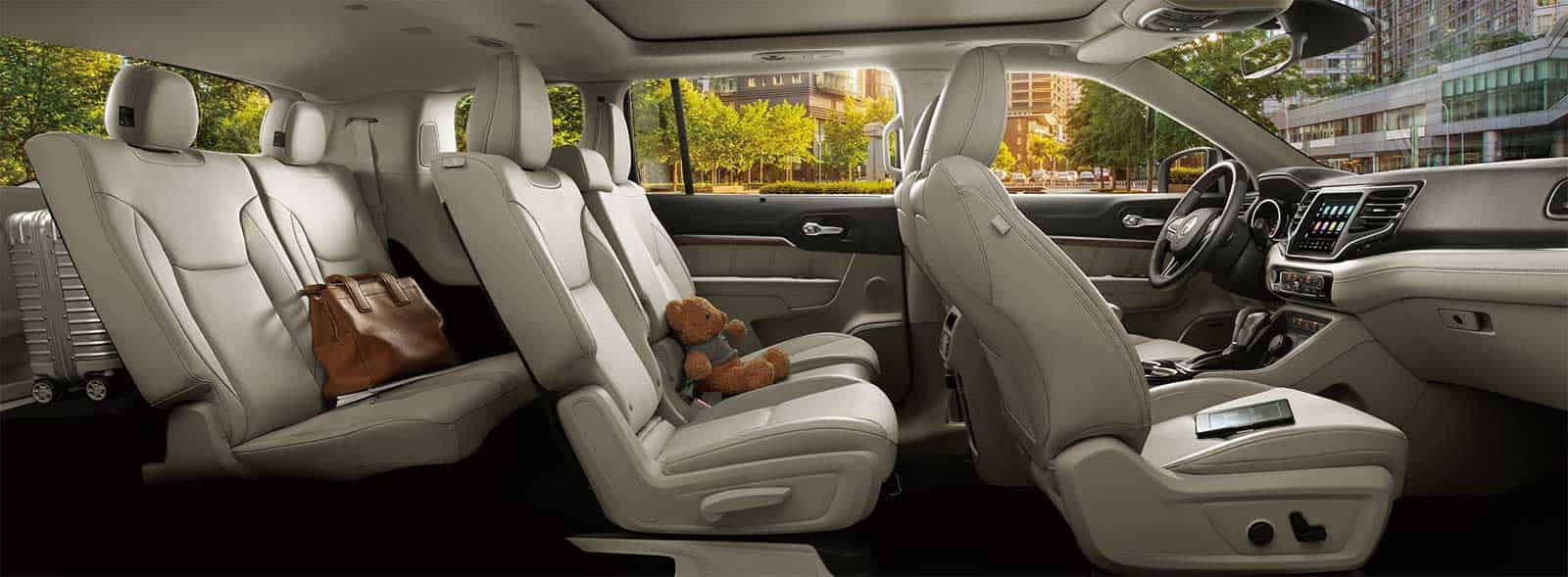
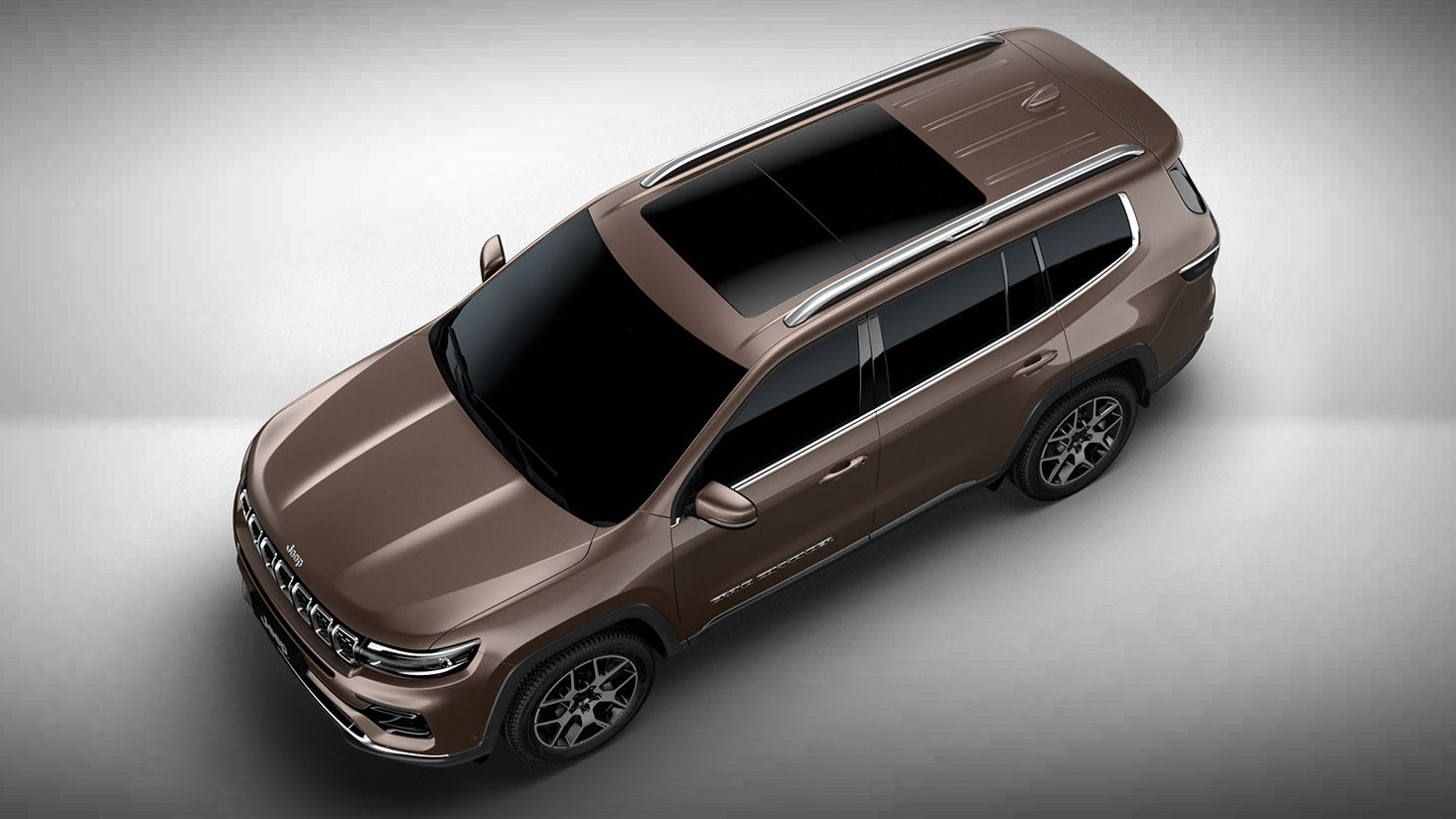
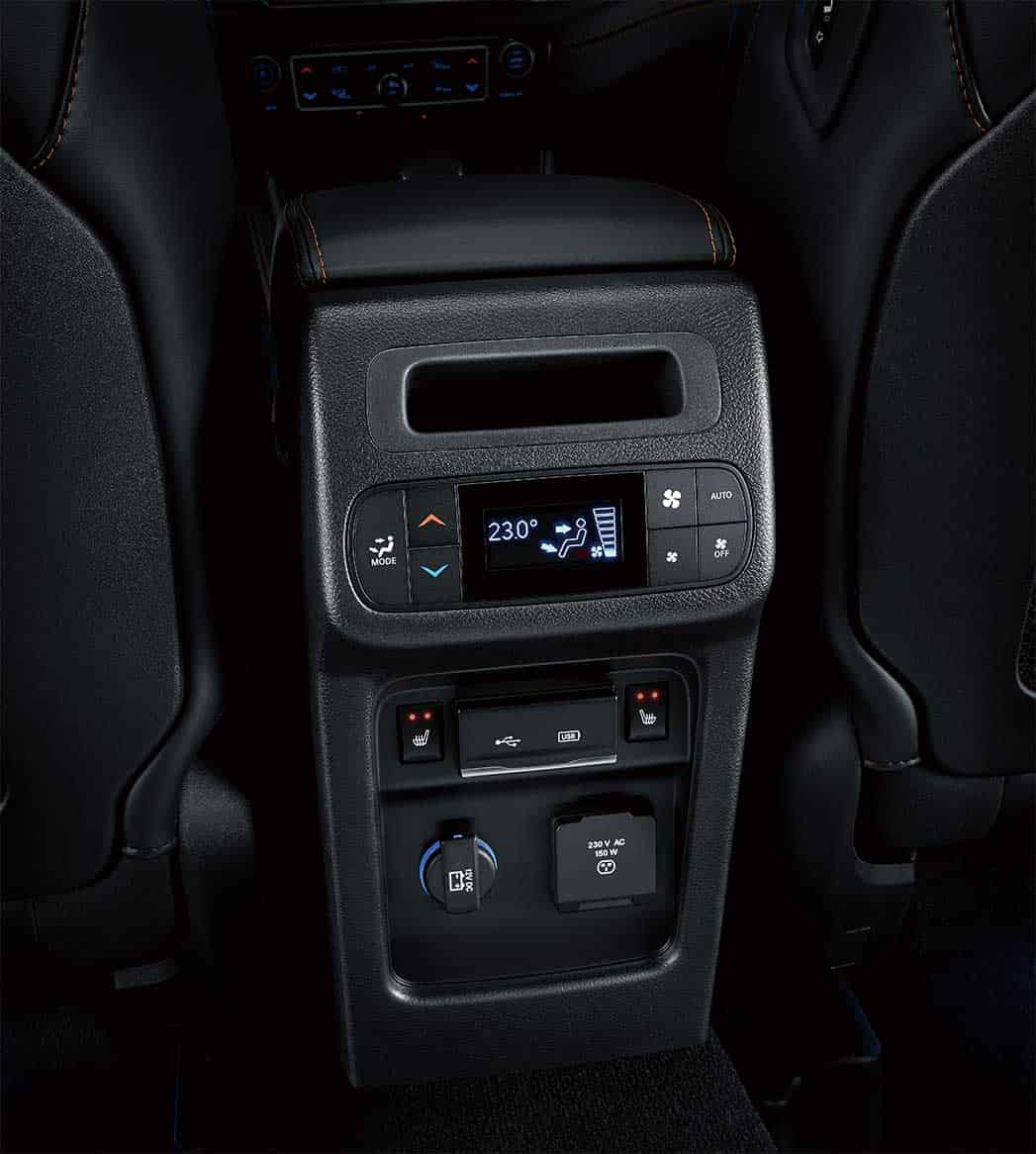
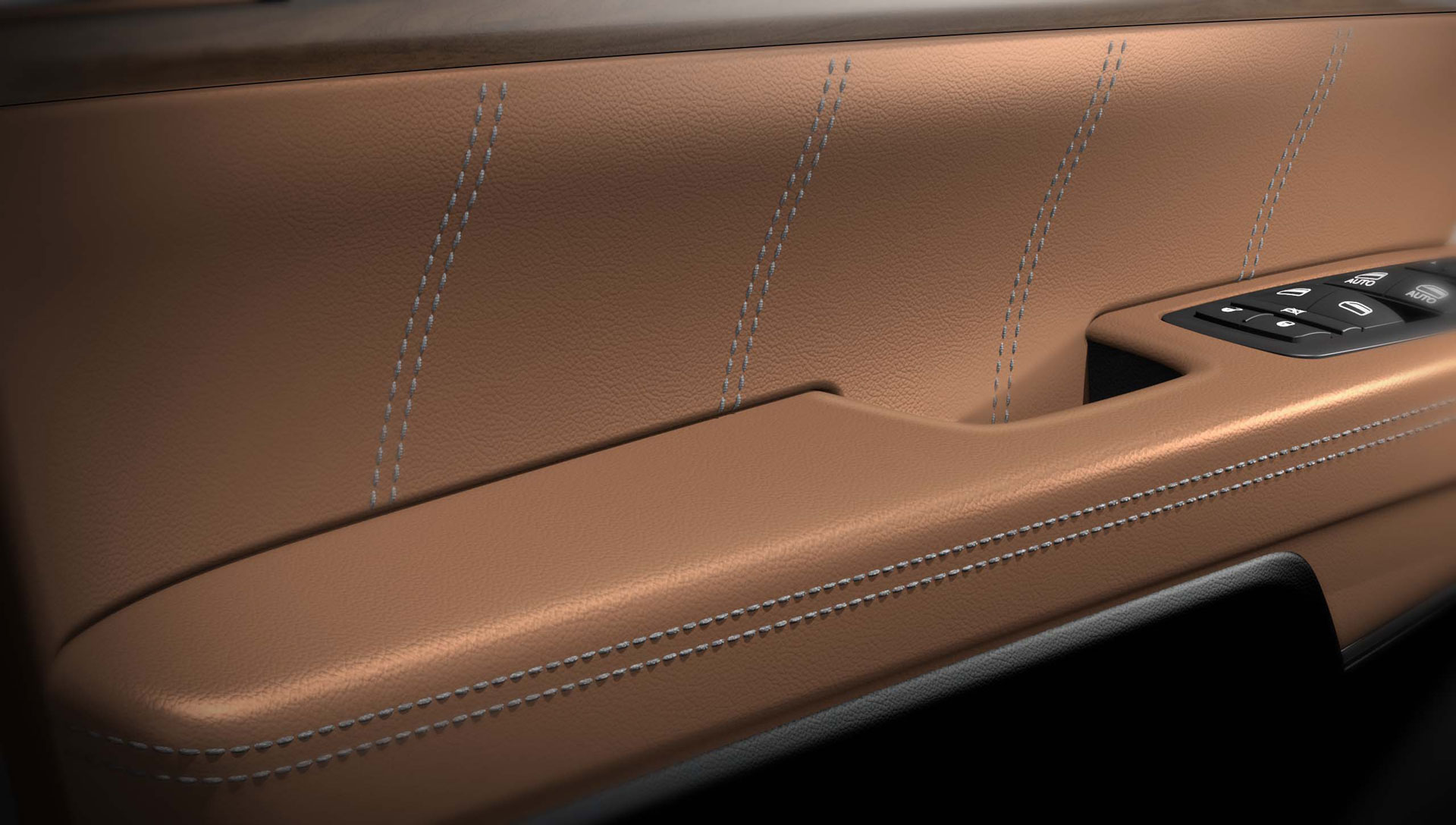
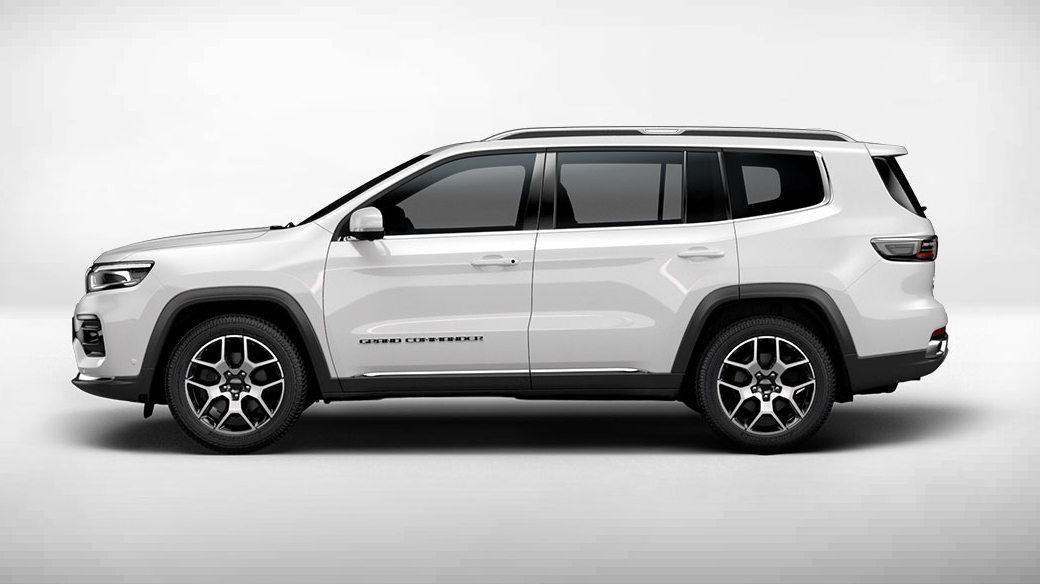
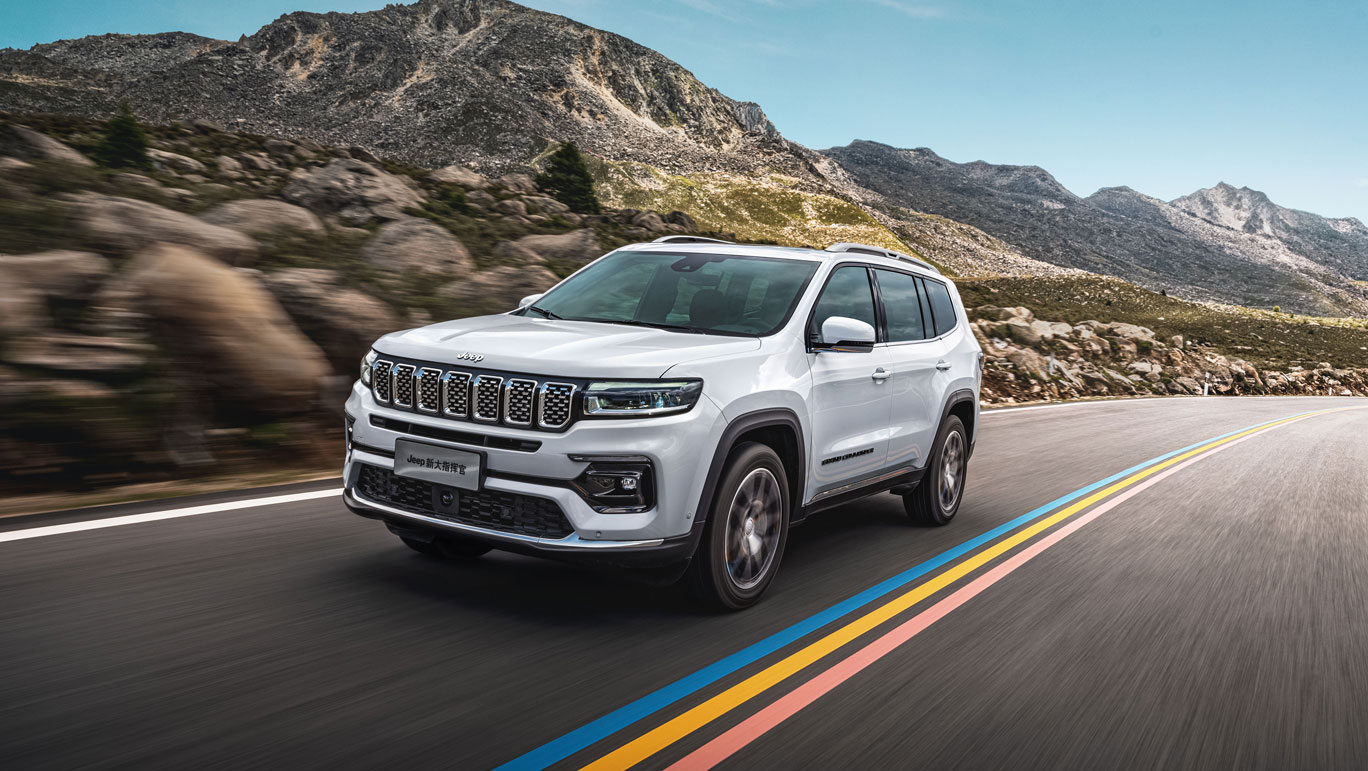
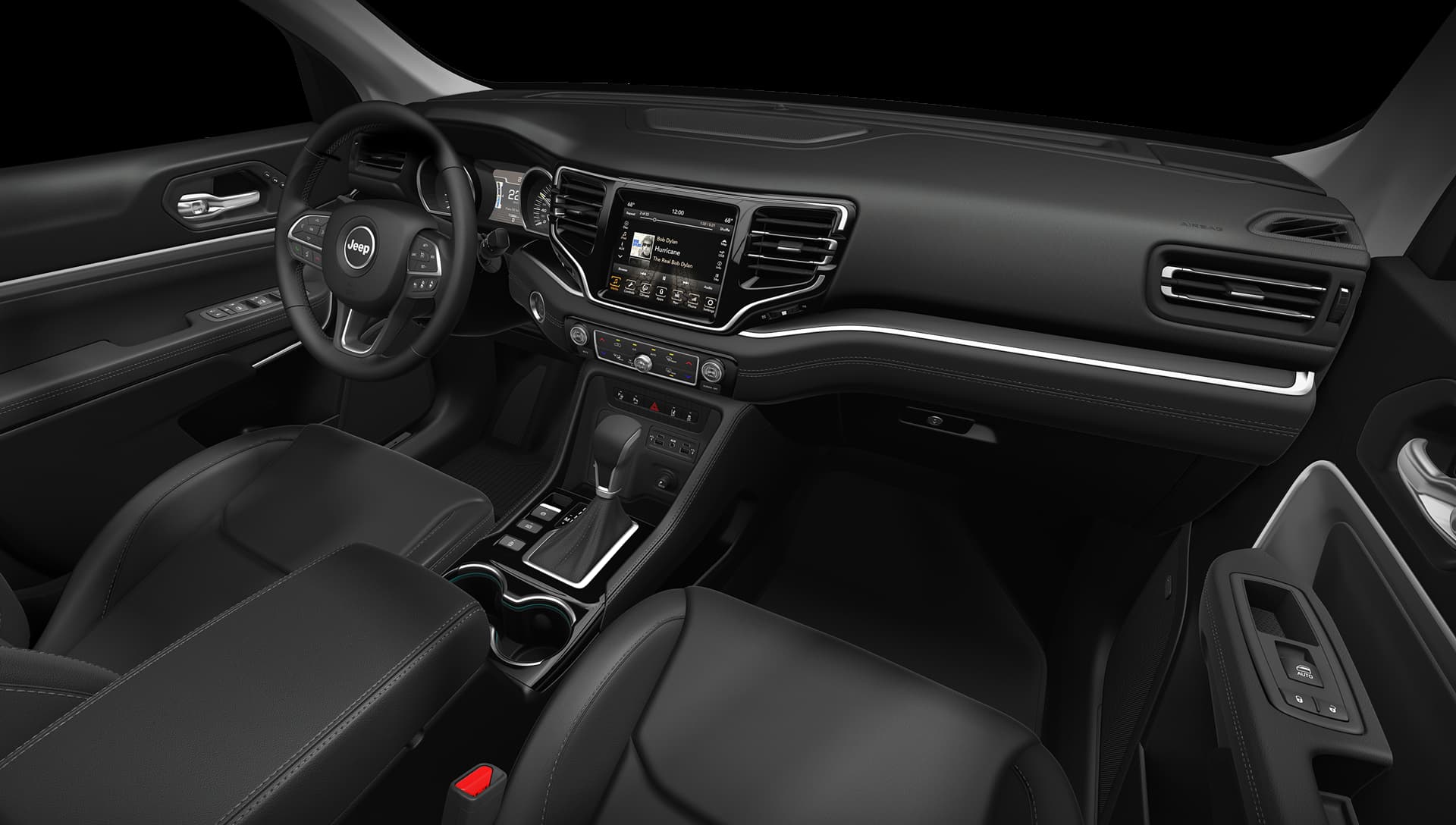

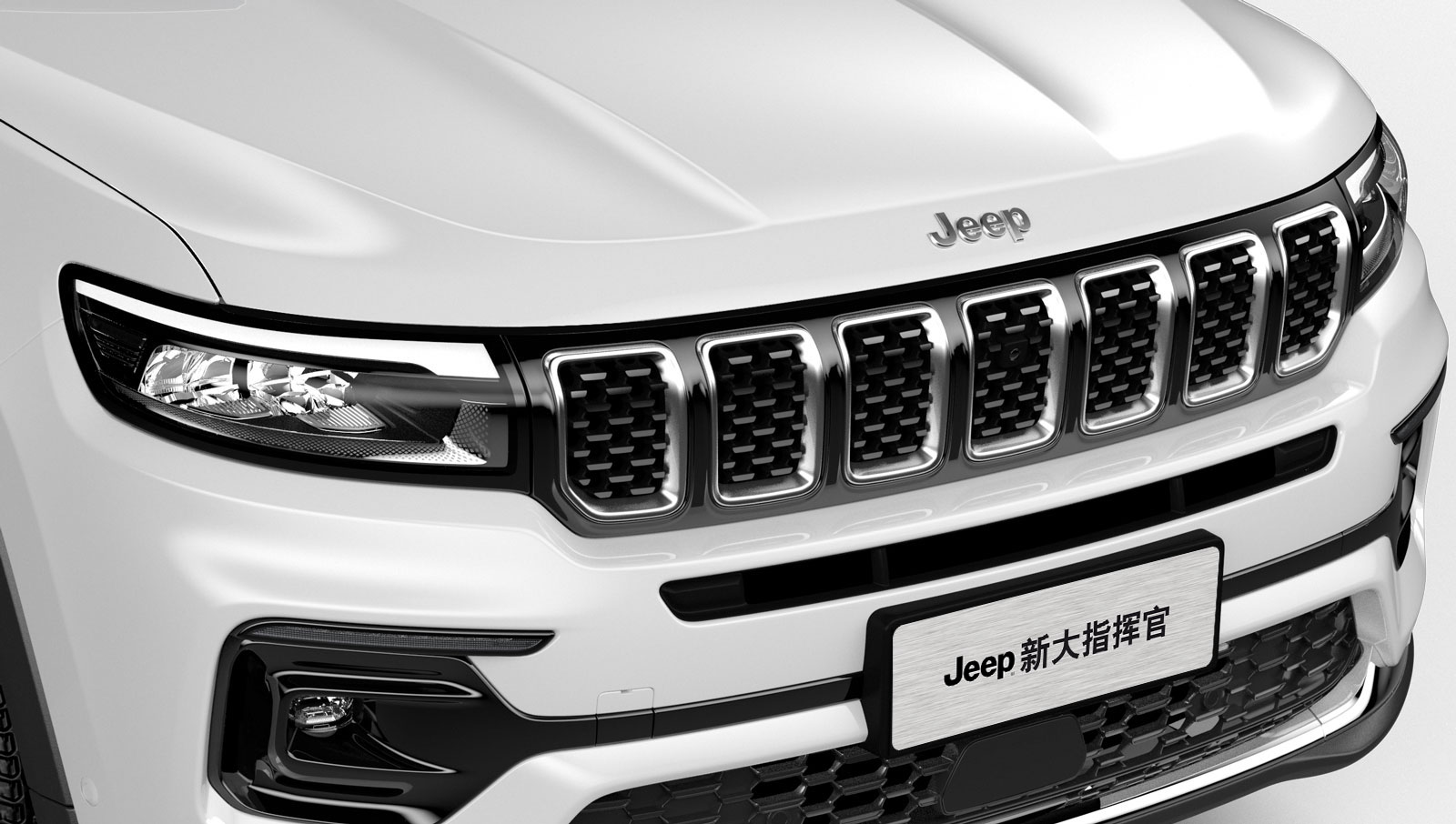
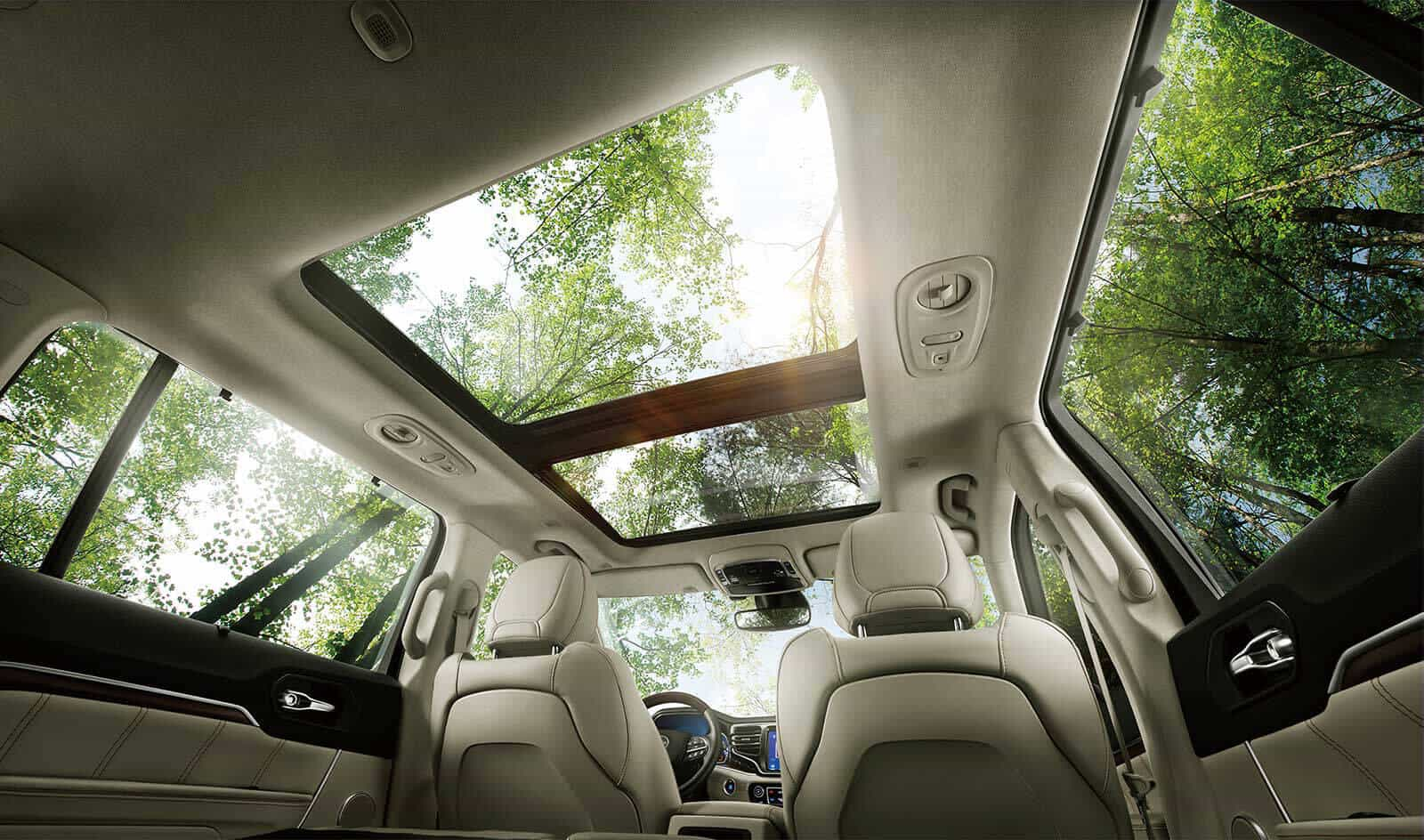

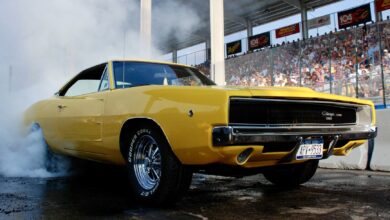
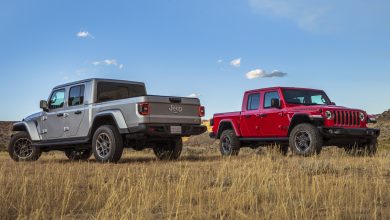

4 replies
Loading new replies...
Join the full discussion at the Mopar Insiders Forum →